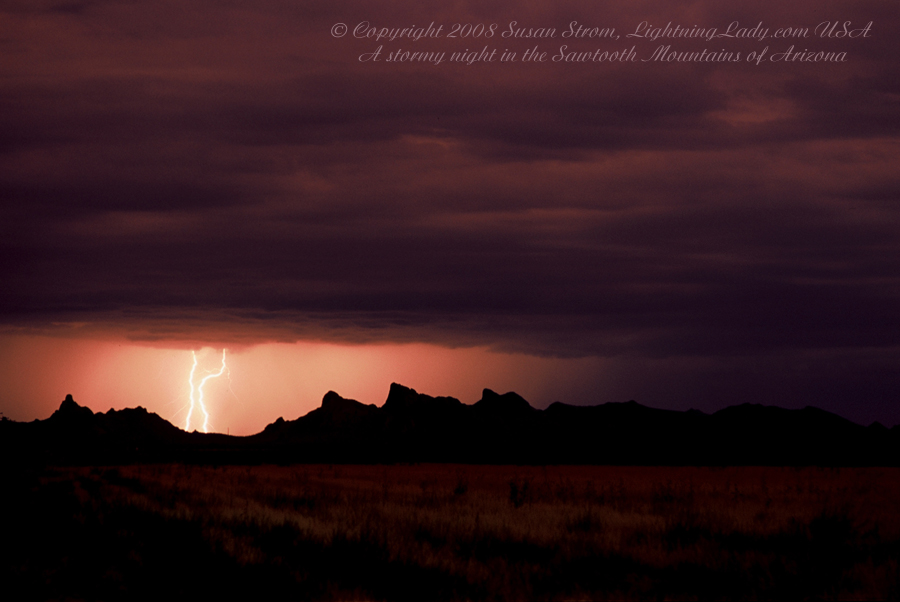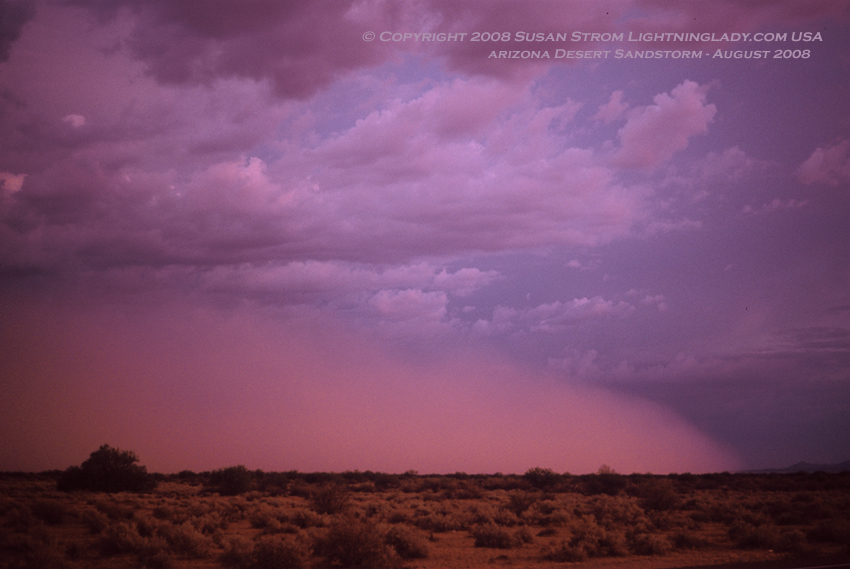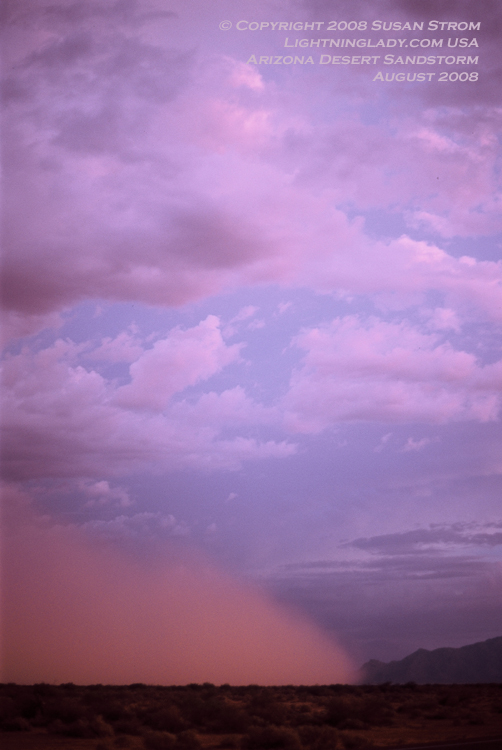Mike Kovalchick
EF3
The "orange circle" (lightning maximum) between Denver and Colorado Springs is likely associated with thunderstorms triggered by the mountain/plains wind circulation around Pike's Peak and the Palmer Divide.
The blue lightning minimum area over southcentral Colorado is located within the San Luis Valley. It makes sense that this valley is a local minimum when you consider that most of their lightning is triggered by the valley wind (breeze) circulation. This circulation favors lightning over the mountains and mountain slopes with a minimum over the valleys.
In "Mountain Meterology-Fundamentals and Applications" by C. David Whiteman...suggests that terrain related convergence zones trigger storms on day to day basis in the same mountainous areas in Colorado.
Terrain forced mechanisms include orographic lifting, channeling and lee side convergence. Terrain convective mechanisms include convection over surface with low albedos(snow vs rock/sunny side/shady side), upslope flow convergence and convergence displacement.
There is a map that shows thunderstorm initiation density contours for Colorado with Pikes Peak, the Wet Mountains, Sangres De Cristo Range(the most), and the Front Range WSW of Denver being the primary hot spots.
I would think with Pike's Peak placement..large isolated peak on the Front range...would cause lee side convergence of mid level westerly flow on the East side of the peak as wind flow goes just to the North and South of the peak..where it would often encounter low-level upslope flow. "Channeling flow" up the narrow valleys help not to mention that convection would have a higher tendency to maintain itself as it drifts off the mountains ENE in the vicinity of the high terrain associated with the Palmer divide and the convergence that is often present there.
Last edited by a moderator:



